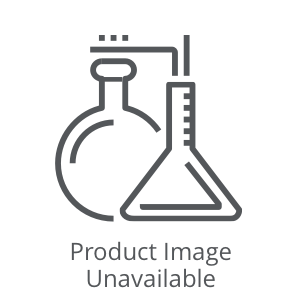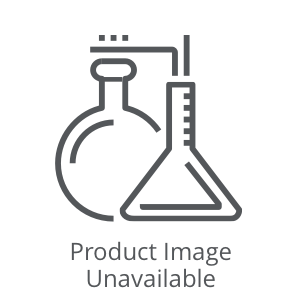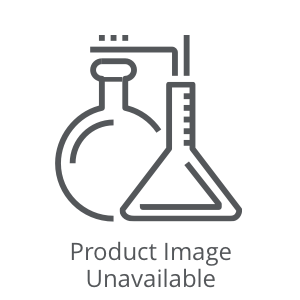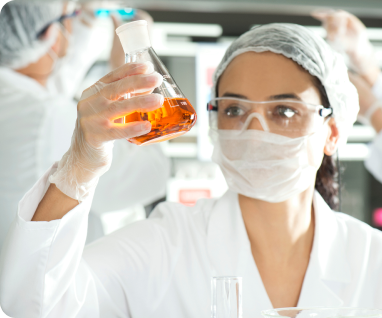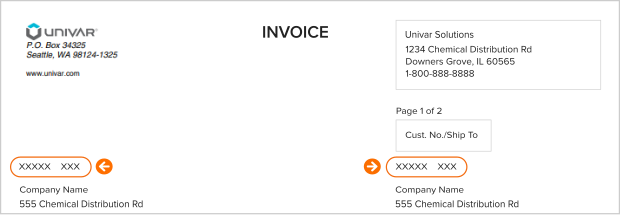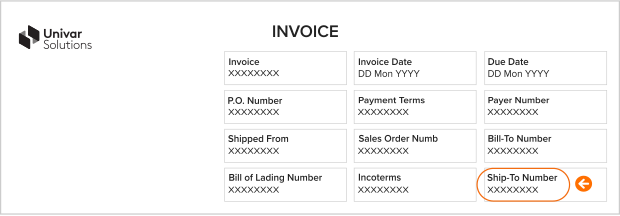We’re here to provide you with more information or help answer any questions you might have. Send us a note and we’ll get back to you as soon as possible.

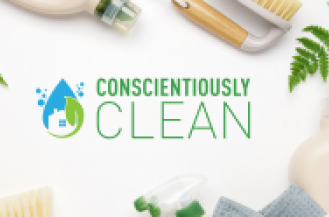
Stay ahead of 1,4-dioxane product requirements in 2022 and 2023
New York regulators are requiring that consumer brands begin limiting the amount of 1,4-dioxane in personal care and cleaning products (S.4389). For any household cleaning product distributed or sold in the state of New York, the level of 1,4-dioxane may not exceed 2 parts per million (ppm) by December 31, 2022. This requirement is further reduced not to exceed 1 ppm by December 31, 2023.
What is 1,4-dioxane and how does it affect consumer products?
Frequently found in cleaning products such as dish soaps and laundry detergents, 1,4-dioxane is a by-product created during the manufacturing of ethoxylated chemicals.
1,4-dioxane is a concern to human and environmental health due to its status as a known or suspected carcinogen by a number of authoritative bodies, including California’s Proposition 65 list, the National Toxicology Program, the U.S. Environmental Protection Agency, and New York’s S.4380 Regulation. As a result, the sale of household cleaning and personal care products containing 1,4-dioxane will be extremely limited and regulated.
Though most personal care and cleaning products contain less than 5 ppm, this is higher than the New York S.4380 mandated requirement of 1 ppm. Manufacturers must take action to ensure their products meet the new standards ahead of the regulation deadlines in 2022 and 2023.
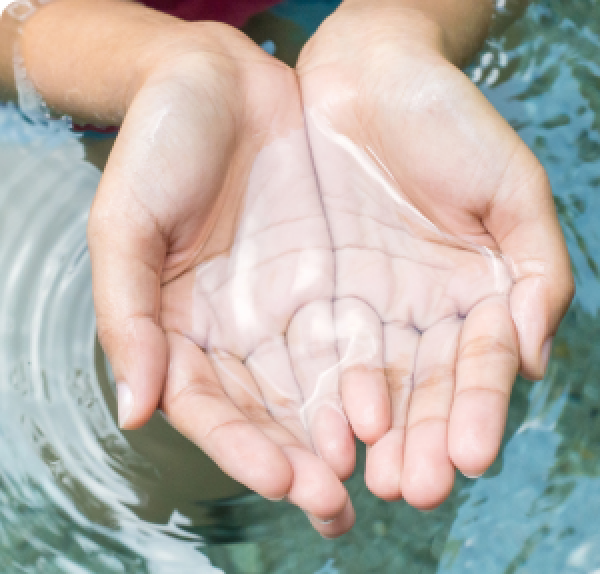

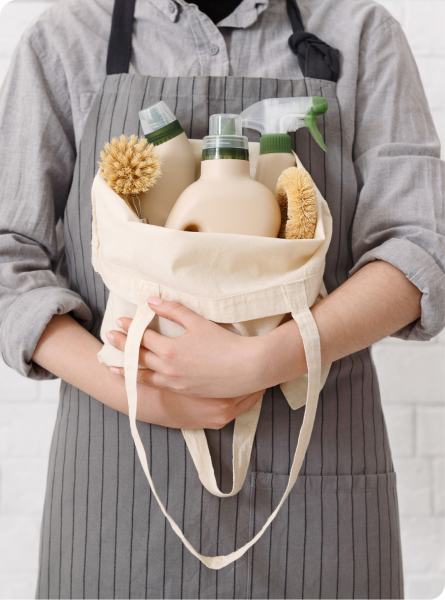

Reformulating cleaning products with naturally derived, sustainable ingredients
Our scientific experts have developed several clean and compliant product formula alternatives to help meet 1-4-dioxane requirements and address market changes.
In considering the need to reformulate to comply with the 1-4-dioxane legislation, current producers of cleaning products will need to review use levels of ethoxylated surfactants in their formulations as well as 1,4 dioxane levels in the specific surfactant grades they are sourcing.
At Univar Solutions, we can assist in working with our supplier partners to provide this information. If this exercise determines that a product needs to be reformulated, strategies for reformulation include lowering the level or replacing the ethoxylated surfactant with another type of surfactant. However, it may be difficult to achieve the same performance at the same total level of surfactant because of the efficiency and effectiveness of ethoxylated surfactants. New solutions to consider include new grades of ethoxylated surfactants with lower residual 1,4-dioxane levels, some of which are produced from naturally derived ethylene oxide. Another approach to lower overall surfactant levels, including ethoxylated surfactants, is to introduce high-performing enzymes into formulations.
Insights from the lab: Formulation challenges and solutions
The cleaning industry must begin reducing 1-4-dioxane levels by 2022. Now is the time to reformulate cleaning products and talk about alternative solutions. Read homecare cleaning lab insights from Allison Hunter, technical services manager at the Univar Solutions Houston Solution Center.
Read 1,4-dioxane Q&A article »
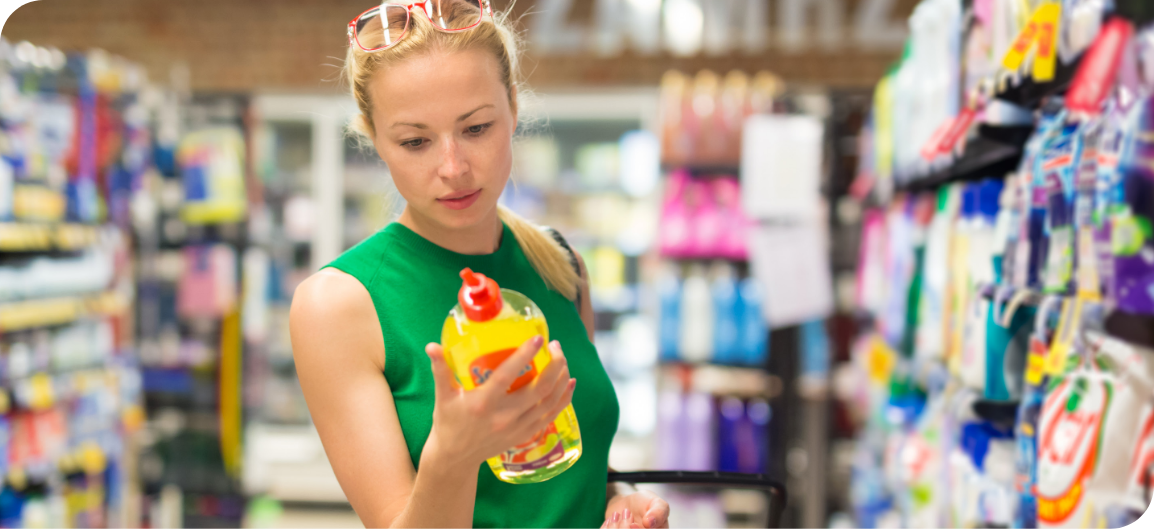

Surfactants to be mindful of 1,4-Dioxane concentrations
Anionics:
- Ether Sulfates
- Ammonium Lauryl Ether Sulfate (ALES)
- Sodium Lauryl Ether Sulfates (SLES)
Nonionics:
- Alkoxylates
- Ethoxylates
- Alcohol Ethoxylates
- Alkyl Phenol Ethoxylates (APEs)
- Polysorbates
- Ethoxylates
- Block Copolymers
- Phosphate Esters
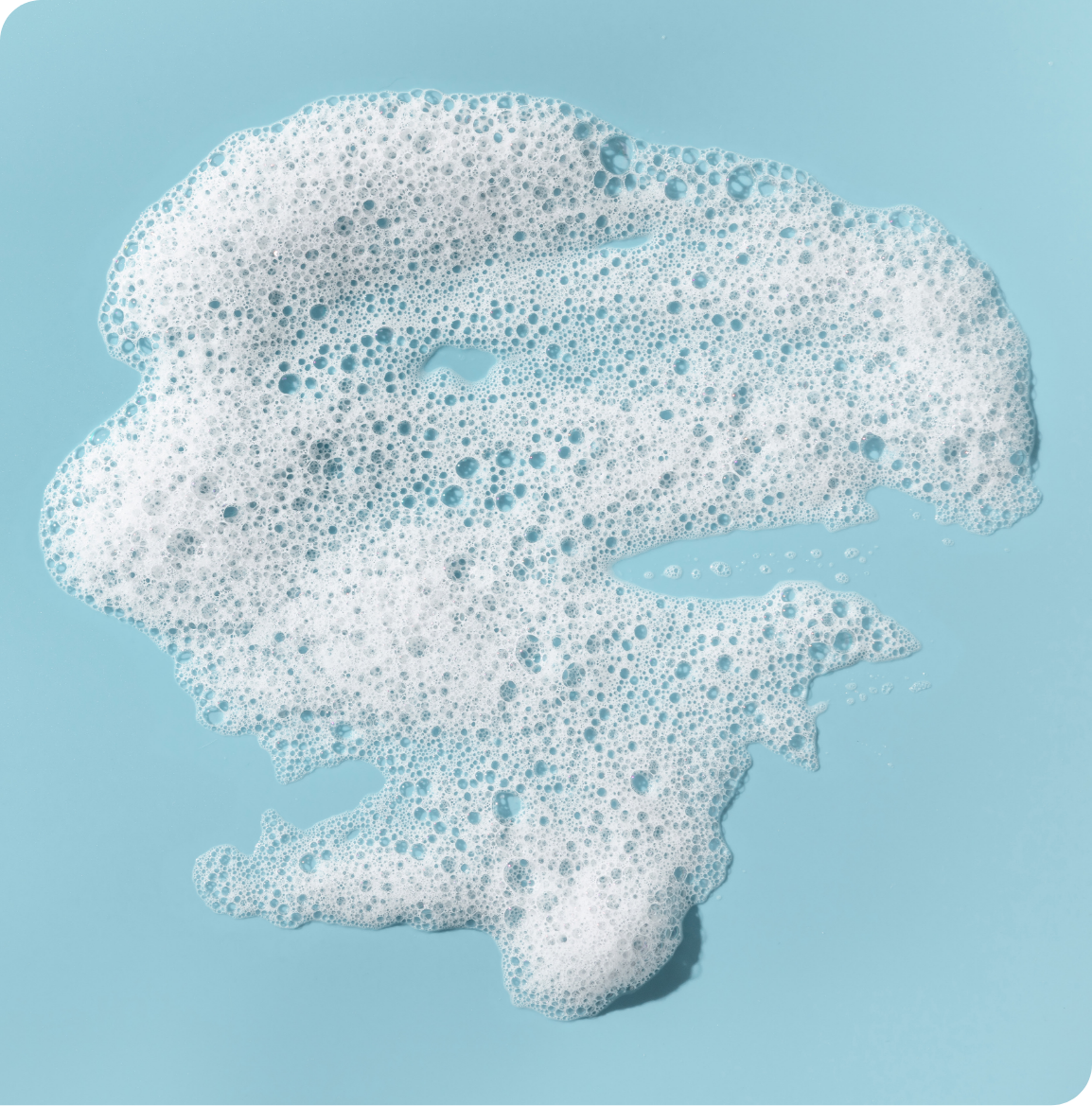

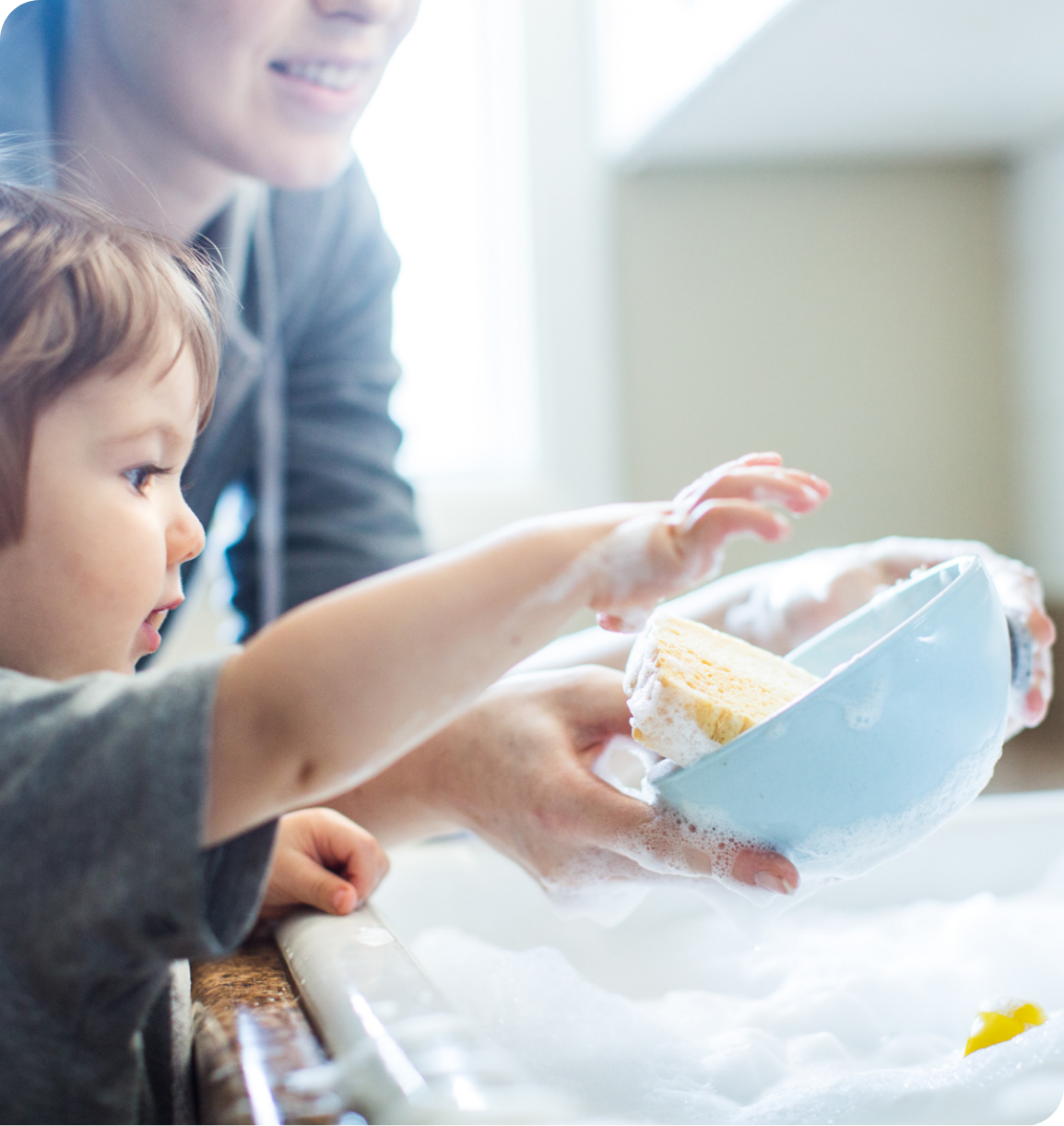

Surfactants to consider for lower or free 1,4-Dioxane levels
Amphoterics:
- Ether Sulfates
- Amphoacetates
- Amine Oxides
- Betaines
- Glycinates
- Propionates
- Sultaines
Anionics:
- Carboxylates
- Linear Alkyl Sulfates (DDBSA)
- Sarcosinates
- Sulfonates
- Sulfosuccinates
- Taurates
Nonionics:
- Alkylpolyglucosides (APGs)
- Esters
- Amides
Free-from formulating: Cleaning products with purpose
Starter formulations for safe, effective cleaning performance
Get started today by requesting our Conscientiously Clean formulation kit, a set of lab-tested, quality-approved starter formulations developed by Univar Solutions' North America Home and Industrial Cleaning Solution Center.
These cleaning formulas highlight several key ingredients and formulation techniques to help you comply with the 1-4-dioxane regulation. Applicable for a variety of cleaning products, the Conscientiously Clean kit includes an all-purpose cleaner, shower/tub/tile cleaner, mid-tier manual dish soap and a 3x liquid laundry formulation.
View the Conscientiously Clean Webinar
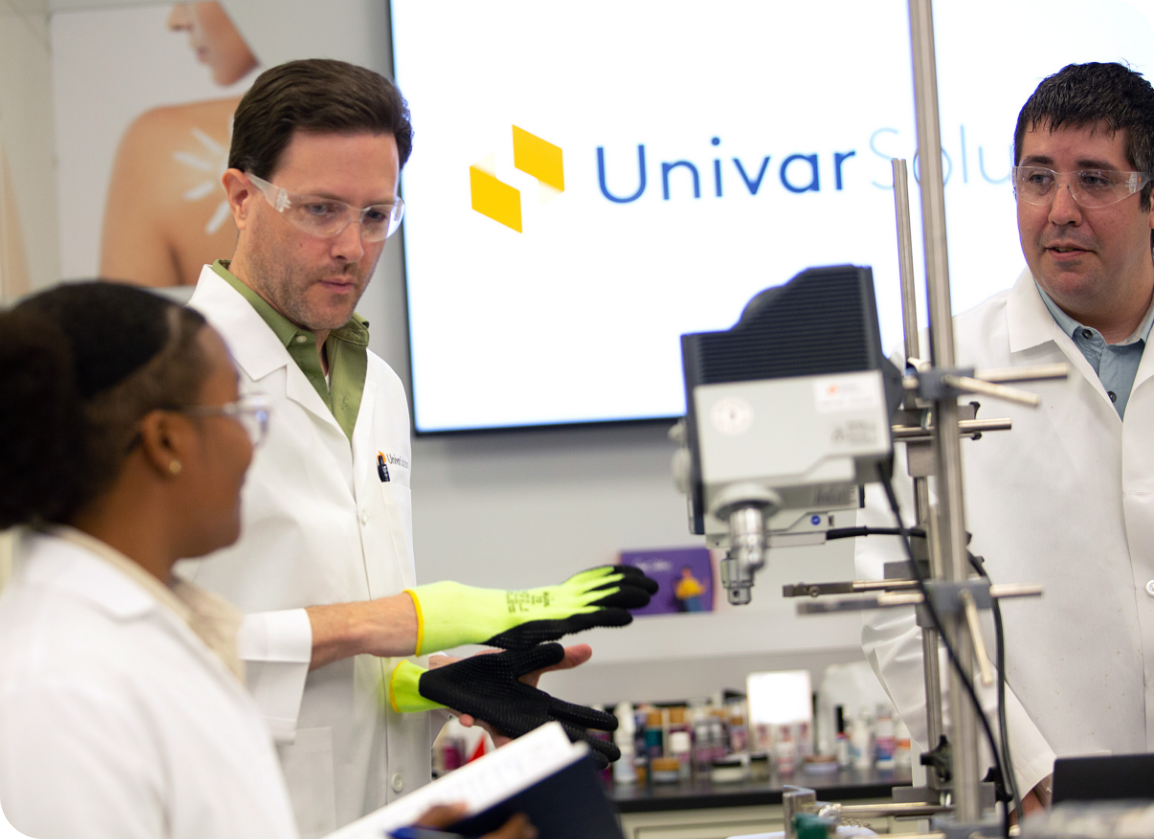

Support from a leader in specialty chemical and ingredient solutions
It can be difficult to stay on top of new regulations and know which materials to select when reformulating products to comply with them. The chemists and specialists developing technical solutions in our formulation labs can provide the necessary materials and guidance to help you meet the challenges of New York’s S.4389 regulation to lower 1,4-dioxane levels.
Whether you’d like to improve existing products or identify new, enhanced formulations, we are ready to assist you in meeting your product performance goals.
Let's talk about your alternatives today.
1,4-dioxane supplier resources
Section title
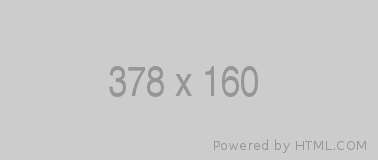
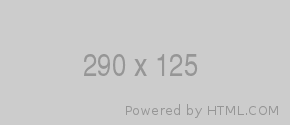




Section title
